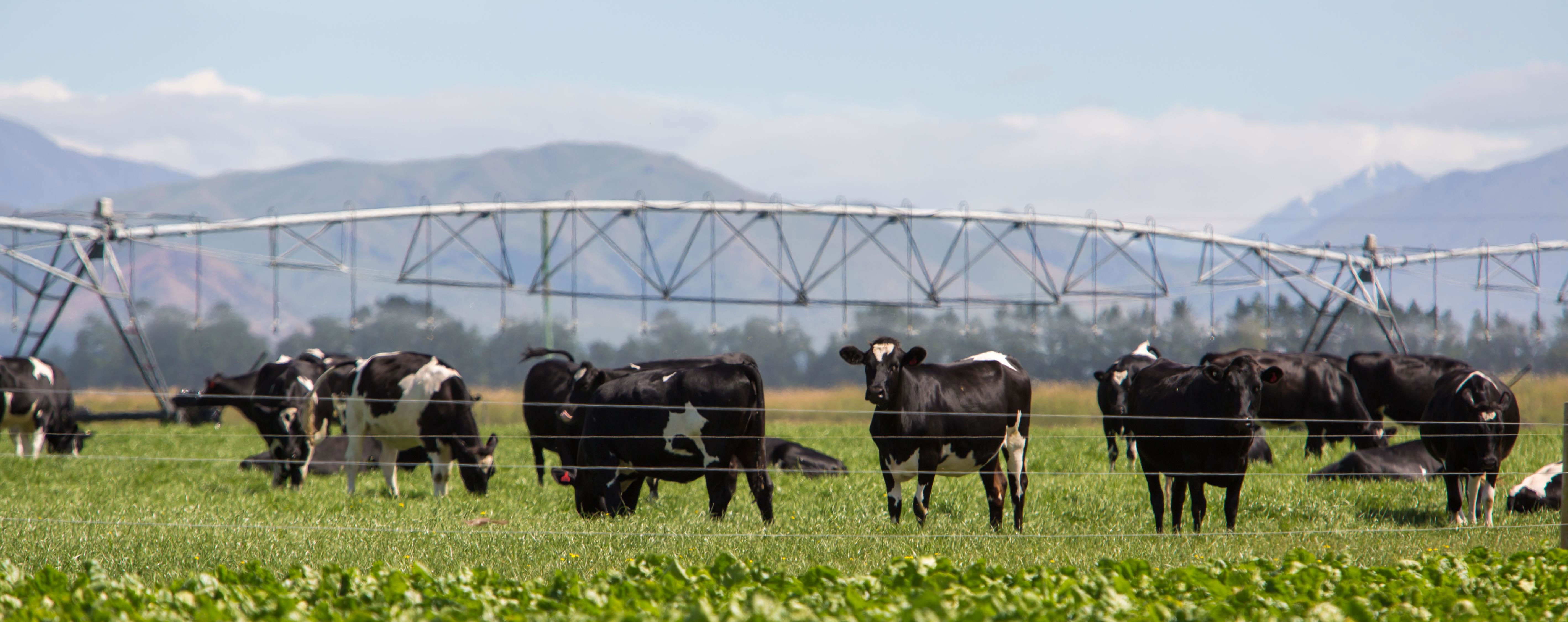
Innovative Xefco textile tech cuts energy use
Global potential for textile efficiency process
Technology developed by Australian startup Xefco has the potential to revolutionise carbon intensive textile production by significantly reducing use of water, energy and chemicals.
$2.5 million
CEFC commitment
Efficiencies
for textile production
90%
energy savings
It’s clear that there is a significant global need for the textiles industry to step up to reduce emissions and polluting practices. Xefco’s technology is a great Australian innovation that enables manufacturers to take the lead in sustainability, cut their carbon footprint and promote a circular economy.Alex OppesInvestment Director, Virescent Ventures
Our investment
The CEFC has committed $2.5 million to Xefco as part of a $10.5 million seed extension round that also attracted investment commitments from Main Sequence Ventures, Breakthrough Victoria, Investible and Voyagers Climate-Tech Fund.
The capital raised in the seed extension will help Xefco commercialise its patented Ausora technology by scaling up manufacturing and expanding its capacity for customer trials.
The CEFC commitment is managed on behalf of the CEFC by climate tech specialist fund manager Virescent Ventures.
Xefco was founded in 2018 and is based at Deakin University’s ManuFutures hub at the Waurn Ponds campus.
Its work was recognised in 2022 with an up to $4 million grant from the University’s Recycling and Clean Energy Commercialisation Hub, which is supported by the Australian Government’s inaugural Trailblazer Universities Program.
It has also received support from the Innovative Manufacturing Cooperative Research Centre and is a key partner in the ARC Research Hub for Future Fibres at Deakin University’s co-located Institute for Frontier Materials.
OUR IMPACT
Targeting textile industry emissions
The textile industry is one of the world’s biggest polluters with greenhouse gas emissions from the sector being greater than international aviation and shipping combined.1 And by 2030, the global textile market is expected to be worth some US$3 trillion, representing an immense opportunity for a more sustainable supply chain.
The global textile industry accounts for up to eight per cent of the world’s total emissions annually, with dyeing and finishing responsible for a large portion of that due to its reliance on coal and gas-fired boilers. The textile industry is also the second largest industrial user of water after agriculture, while contributing to high levels of water pollution.Tom HusseyCEO Xefco
Function and sustainability focus
Xefco is creating advanced materials that offer function benefits such as enhanced performance, comfort and protection, while delivering sustainability benefits through reduced environmental impact. It currently markets two products XReflex and Ausora.
- The Ausora ‘dry’ processing system uses an advanced plasma coating process to colour and apply finishes to textiles such as water repellence, moisture wicking, fire retardancy, and anti-odour properties. According to Xefco, the technology achieves nearly 100 per cent water savings, 90 per cent energy savings and 97 per cent chemical savings compared with conventional processes.
- XReflex increases the thermal efficiency of insulated clothing, and is used by some of the world’s leading apparel brands including Zara, The North Face and Salomon. Xefco estimates that an average insulated jacket contains 200 grams of insulation material but when using two XReflex fabric layers, the carbon footprint for insulation materials can be reduced by up to 50 per cent.
1. McKinsey & Company, What is fast fashion?, December 7, 2023.




